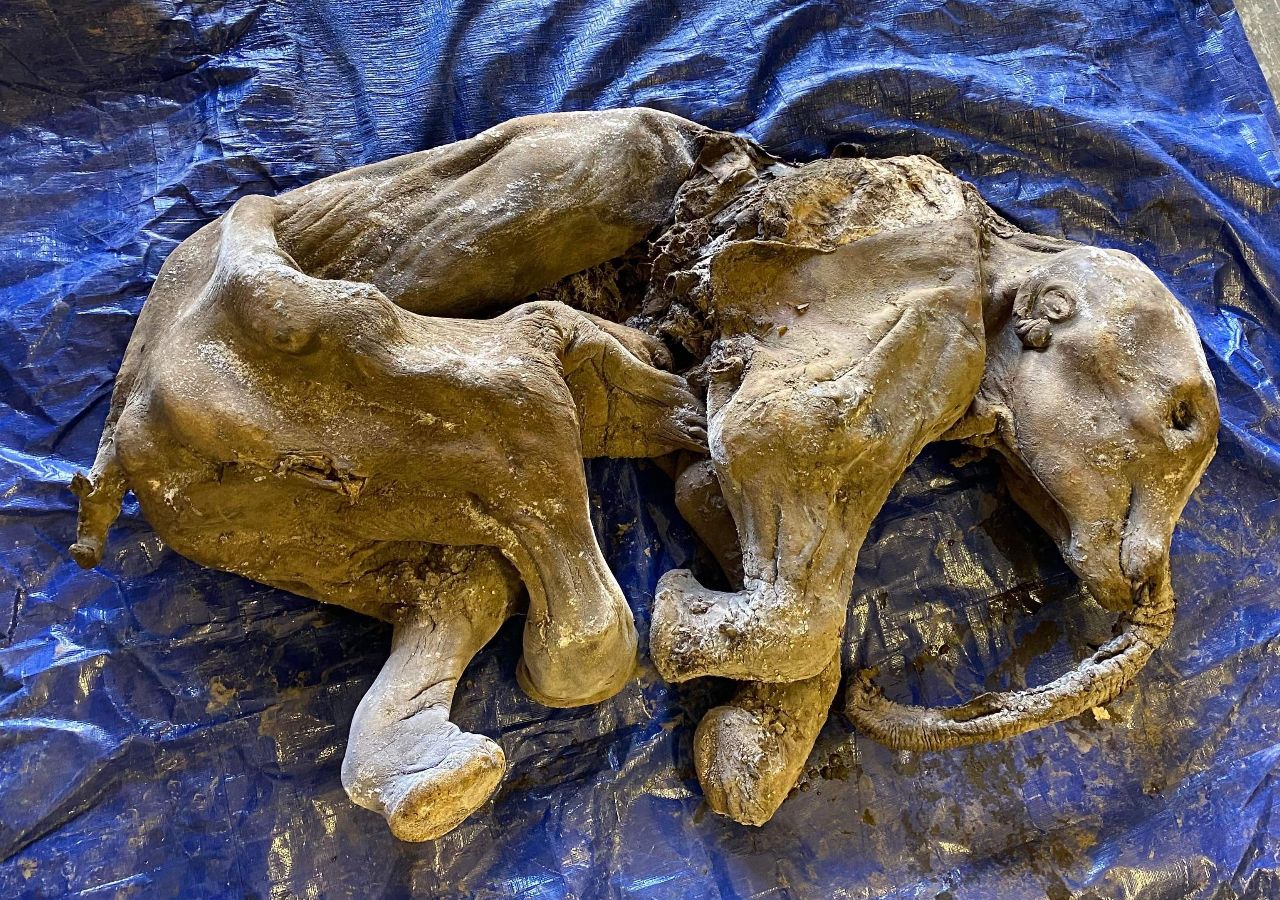KOMPAS.com – About four to seven times a year, our Earth, Moon, and Sun line up exactly to create a cosmic scale shadow show known as an eclipse.
The Moon’s orbit around the Earth is tilted relative to the Earth’s orbit around the Sun.
This tilt is why eclipses occur only occasionally, not every month.
There are two types of eclipses: lunar and solar. During lunar eclipse, Earth’s shadow obscures the Moon. During a solar eclipse, the Moon blocks the Sun from view.
Lunar eclipse occurs during the full moon phase. When the Earth is positioned directly between the Moon and the Sun, Earth’s shadow falls on the Moon’s surface, dimming it and sometimes turning the Moon’s surface red for several hours.
According to NASA, there are three types of lunar eclipses:
1. Lunar eclipse total
Total lunar eclipse This occurs when the Earth is between the Sun and the Moon and its shadow covers the Moon. Some of the sunlight that passes through Earth’s atmosphere reaches the surface of the Moon, illuminating it dimly.
Colors with shorter wavelengths, blue and purple, spread more easily than colors with longer wavelengths, such as red and orange. Because the longer wavelengths have made their way through Earth’s atmosphere, and the shorter wavelengths have spread out, the Moon appears orange or reddish in color during a lunar eclipse.
The more dust or clouds in Earth’s atmosphere during an eclipse, the more red the Moon appears.
Also read: Residents in Karawang Asked to Beware of Rob Floods Due to Total Lunar Eclipse
2. Partial lunar eclipse
The imperfect alignment of the Sun, Earth, and Moon causes the Moon to only pass through part of the Earth’s umbra.
The shadow grows and then recedes and does not completely cover the Moon.
3. Penumbral lunar eclipse
The moon moves through the Earth’s penumbra or the faintest outer part of its shadow.
Under these conditions, the Moon appears so dim that it is difficult to see.
The process of a lunar eclipse
Lunar eclipses are caused by the Earth blocking sunlight from reaching the moon and causing shadows on the moon’s surface.
Also read: Before He Died, GRAy Koes Isbandiyah Watched the Lunar Eclipse in Magetan
Menurut Time and Date, total lunar eclipse occurs in seven stages:
1. Penumbral eclipse begins
This first stage is less visible to the naked eye and occurs when the penumbral shadow begins to move across the moon.
2. Partial eclipse begins
Umbra begins to cover the moon. This is usually the first part of the eclipse that is visible to the naked eye.
3. Total eclipse begins
When the umbra completely covers the surface of the moon, the moon turns red.
4. Maximum eclipse
This is the stage of eclipse with maximum coverage of the lunar surface by the Earth’s umbra.
Also read: Total lunar eclipse, BMKG: Riau can see the total phase to the end
5 Total eclipse over
Earth’s umbra begins to move away from the moon’s surface as the eclipse begins to end.
6. Partial eclipse ends
Earth’s umbra leaves the surface of the moon.
7. Penumbral eclipse ends Earth’s shadow no longer crosses the lunar surface.
During a partial lunar eclipse, only part of the moon enters Earth’s shadow. Earth’s shadow will appear dark on the side of the moon that faces the earth.
How much of the moon enters Earth’s shadow depends on how aligned the sun, Earth, and moon are.
Get updates news of choice and breaking news every day from Kompas.com. Let’s join the Telegram group “Kompas.com News Update”, how to click the link https://t.me/kompascomupdate, then join. You must first install the Telegram application on your cellphone.–
/data/photo/2021/05/24/60aad27225722.jpg)

